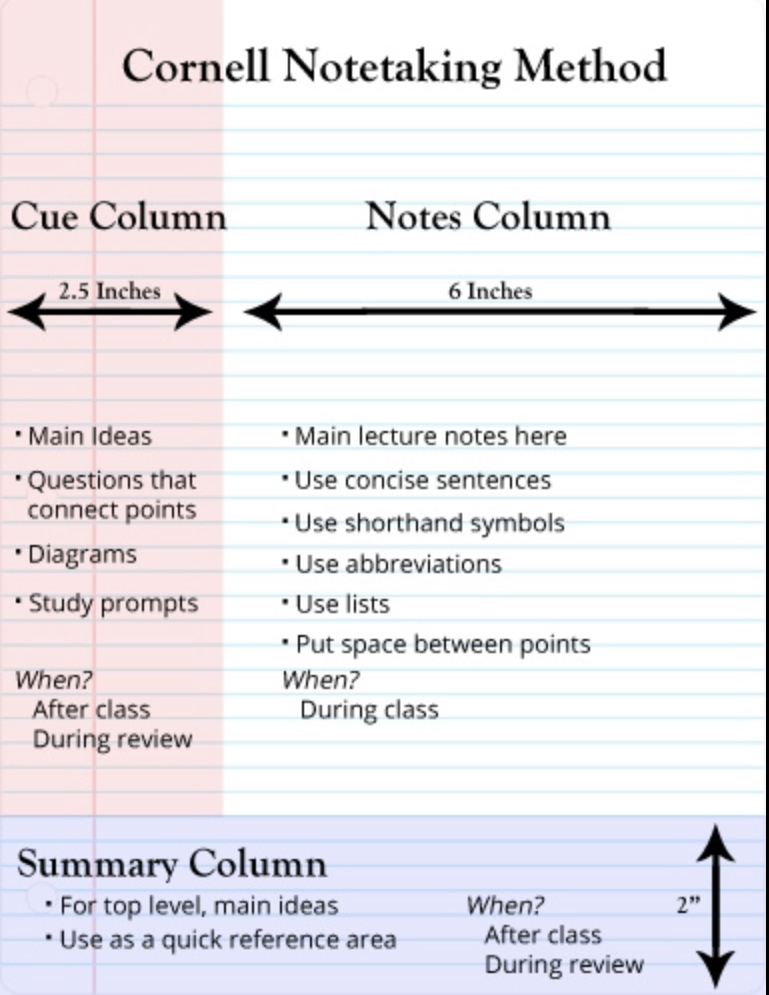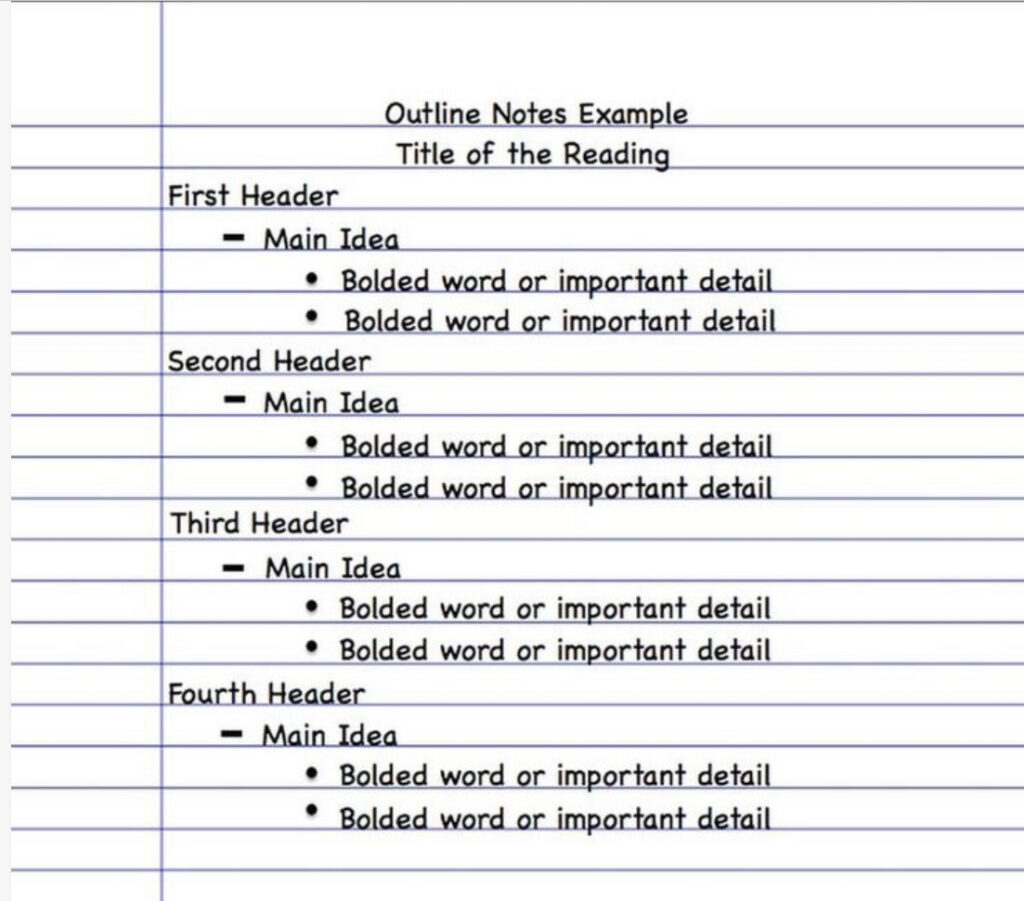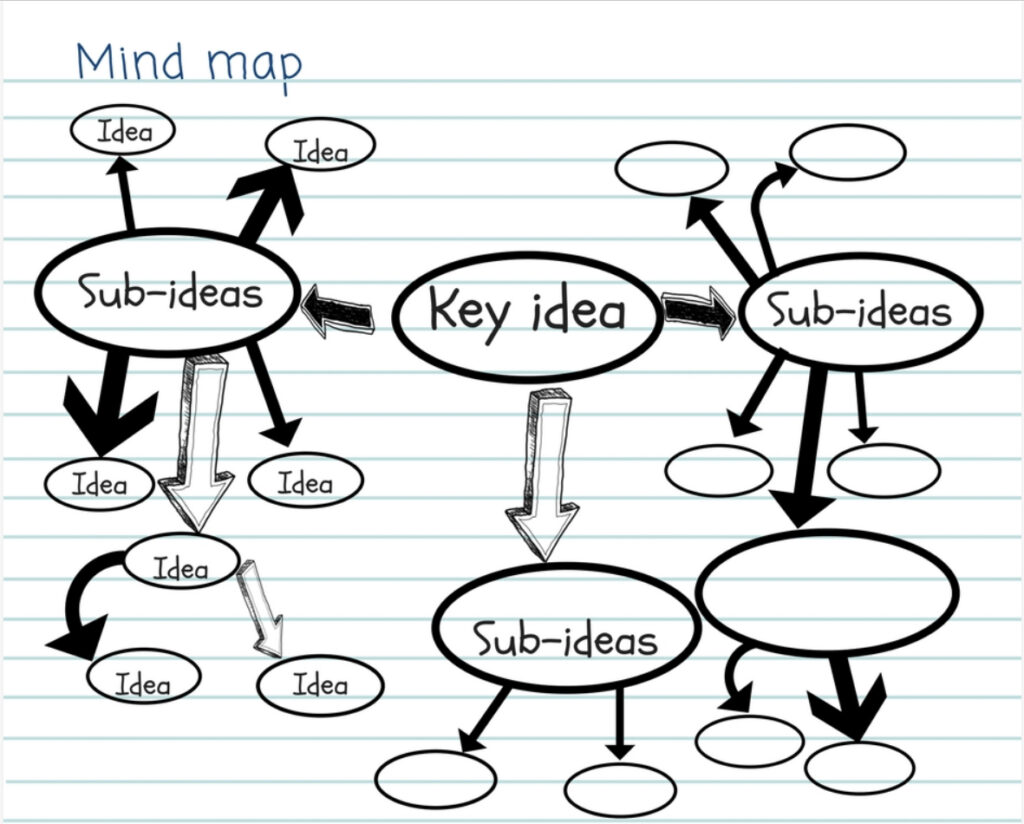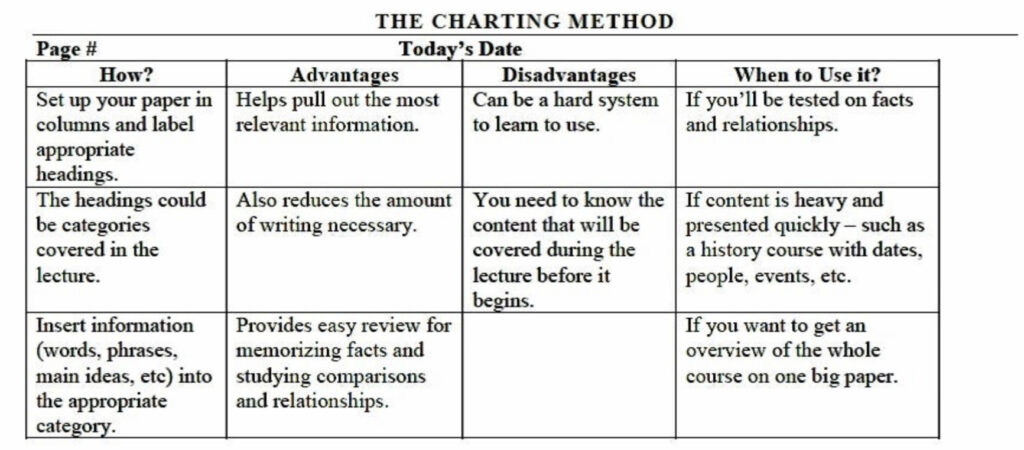The art of note-taking forms an integral part of both our personal and professional lives, serving as a vital tool for capturing, retaining, and organising information. The capacity to effectively assimilate knowledge is indispensable for fostering learning, sharpening problem-solving skills, and making well-informed decisions. In this comprehensive article, we delve into the significance of note-taking, examining popular methods and offering valuable insights to help you select the most suitable approach tailored to your needs. Furthermore, we explore the realm of contemporary tools and techniques that can significantly enhance your note-taking experience, empowering you to excel in various aspects of life.
From attending lectures and participating in meetings to researching complex topics and brainstorming ideas, the act of taking notes permeates numerous situations, rendering it an essential skill to master. By investing time and effort in understanding and adopting effective note-taking strategies, you stand to gain a competitive edge in an increasingly information-driven world. Join us as we embark on a journey to unlock the secrets of successful note-taking and equip you with the knowledge and tools to optimise your learning, problem-solving, and decision-making abilities.
The Importance of Note-Taking
Note-taking is a vital skill for enhancing learning, problem-solving, and decision-making. It facilitates memory retention and comprehension by actively engaging the brain and organising information in a structured manner. Effective note-taking helps establish connections between ideas, leading to deeper understanding and improved academic and professional performance. By mastering various note-taking methods, leveraging modern tools, and tailoring techniques to individual preferences, one can significantly boost their ability to recall and apply information. Ultimately, investing time and effort in honing note-taking skills is essential for success in today’s information-driven world.
Enhances Memory Retention
Note-taking is not merely transcribing information; it is an active learning process that reinforces memory retention. By writing down the key points, you engage your brain and improve your ability to recall information later.
Organises Information
Note-taking allows you to organise information in a structured manner, making it easier to understand and review. It also helps you establish connections between different pieces of information, leading to deeper comprehension.
Facilitates Learning
Studies have shown that note-takers outperform their peers in terms of academic performance. Taking notes helps students process and retain information more effectively, leading to better understanding and improved outcomes.
Aids Decision-Making and Problem-Solving
In professional settings, note-taking can be an invaluable tool for decision-making and problem-solving. By recording and organising information, you can identify patterns, trends, and discrepancies, which can inform your decisions and solutions.
Popular Note-Taking Methods
The Cornell Method
The Cornell Method, developed by Walter Pauk at Cornell University, is a systematic approach to note-taking. It involves dividing the page into three sections: a narrow left column, a wider right column, and a summary section at the bottom. The left column is used for keywords and questions, while the right column is for detailed notes. The summary section is reserved for condensing the main ideas after the lecture or meeting.

The Outline Method
This method involves structuring notes hierarchically using headings, subheadings, and bullet points. It is particularly useful for capturing information in a clear and organised manner, making it easy to review and understand later.

Mind Mapping
Mind mapping is a visual note-taking method that uses diagrams to represent words, ideas, or tasks. It is effective for brainstorming, organising information, and enhancing creative thinking. Mind maps are created by placing a central idea in the middle of the page and then branching out with related concepts.

The Charting Method
The Charting Method is ideal for capturing and comparing data in a structured format. It involves creating a table or chart with columns for categories and rows for corresponding details. This method is especially helpful when dealing with complex or quantitative information.

Choosing the Right Note-Taking Method
Embracing the right note-taking method can significantly impact your ability to comprehend, retain, and apply information effectively. With various techniques catering to different learning styles and content types, finding the ideal method is crucial for achieving academic and professional success. By exploring and experimenting with popular note-taking methods, individuals can tailor their approach to suit their unique preferences and needs, ultimately enhancing their learning experience. In this pursuit, understanding the advantages and limitations of each method is invaluable, as it guides you towards informed choices and fosters efficient note-taking habits.
Personal Learning Style
Consider your preferred learning style when choosing a note-taking method. Visual learners may benefit from mind mapping, while auditory learners might find the Cornell Method more suitable.
Purpose of Note-Taking
Different note-taking methods serve different purposes. If you need to capture complex relationships between ideas, mind mapping may be the best choice. If you are dealing with quantitative data, the Charting Method might be more appropriate.
Nature of the Material
The nature of the material you are dealing with can also influence your choice of note-taking method. For instance, the Outline Method works well for linear information, while the Charting Method is better suited for comparative data.
Flexibility and Adaptability
It is important to remain flexible and adapt your note-taking method according to the situation. You may find that a combination of methods works best for you, depending on the context and material.
Modern Tools and Techniques
Digital Note-Taking Apps
Digital note-taking apps, such as Evernote, Microsoft OneNote, and Notion, offer powerful features to enhance your note-taking experience. These tools allow you to organise your notes effectively, sync across devices, and collaborate with others. Moreover, they support multimedia content, including images, audio, and video, enabling you to create comprehensive and dynamic notes.
Handwriting Recognition and Stylus Input
Tablets and digital styluses, such as the Apple Pencil or Samsung S Pen, have revolutionised the way we take notes. These devices allow you to write by hand, which can aid memory retention, while also offering the benefits of digital note-taking. Handwriting recognition technology can also convert your handwritten notes into text for easier organisation and sharing.
Audio Recording and Transcription
Audio recording is an effective way to supplement your note-taking, especially in situations where you might miss important details. Modern smartphones and voice recorders can capture high-quality audio, which can be transcribed later using speech-to-text software, such as Otter.ai or Rev. This enables you to review the material more thoroughly and extract relevant information for your notes.
Integrations with Task and Project Management Tools
Many note-taking apps offer integrations with task and project management tools, such as Trello, Asana, and Todoist. These integrations enable you to create actionable tasks from your notes, streamlining your workflow and improving productivity.
Overcoming Common Note-Taking Challenges
Effective note-taking is often hindered by common challenges such as distractions, information overload, and ineffective techniques. Recognising and overcoming these obstacles is crucial for enhancing learning and memory retention. By developing strategies to address these challenges, individuals can cultivate better note-taking habits, paving the way for improved comprehension, academic success, and informed decision-making.
Distractions
Staying focused during lectures or meetings can be difficult, especially with the constant presence of digital distractions. To maintain concentration, consider silencing your phone, closing unnecessary tabs or applications, and actively engaging with the material being presented.
Information Overload
In situations where there is a large amount of information being presented, it’s essential to prioritise and capture the most critical points. Developing active listening skills, using abbreviations, and creating a note-taking system that works for you can help manage information overload.
Ineffective Notes
Reviewing and revising your notes is crucial for identifying gaps in understanding and improving the overall quality of your notes. Regularly reflecting on the effectiveness of your note-taking method and making adjustments as needed will ensure your notes remain a valuable resource for learning and decision-making.
Building a Personal Note-Taking System
Creating a personal note-taking system involves combining methods, tools, and techniques that work best for you. To develop a system that meets your needs, consider the following steps:
Experiment with Different Methods
Try out various note-taking methods to determine which ones are most effective for your learning style and the type of material you’re working with.
Choose the Right Tools
Select the tools that best support your chosen note-taking method, whether that’s pen and paper, a digital note-taking app, or a combination of both.
Develop a Consistent Structure
Establish a consistent structure for your notes to make them easier to review and organise. This can include using headings, subheadings, bullet points, or colour-coding.
Create a Routine
Develop a routine for reviewing and revising your notes to reinforce your understanding and improve memory retention.
Continually Refine Your System
Regularly assess the effectiveness of your note-taking system and make adjustments as needed to ensure it remains a valuable tool for learning and decision-making.
The Future of Note-Taking
As technology continues to evolve, the future of note-taking promises to be increasingly sophisticated, innovative, and efficient. Developments in digital tools, artificial intelligence, and virtual reality have the potential to revolutionise the way we capture, organise, and review information, making note-taking an even more powerful and indispensable skill. In this section, we explore some of the emerging trends and technologies that will shape the future of note-taking.
Advanced Digital Tools
Digital note-taking tools are already making a significant impact on the way we organise and interact with information. In the future, we can expect to see even more advanced features and capabilities, such as real-time collaboration, seamless integration with other productivity tools, and enhanced multimedia support. These innovations will enable users to create more dynamic, interconnected, and easily accessible notes, ultimately improving the overall learning and decision-making process.
Artificial Intelligence (AI)
Artificial intelligence (AI) has the potential to transform note-taking by automating certain tasks and providing intelligent insights based on the captured information. AI-powered note-taking tools could automatically summarise lengthy texts, identify key concepts and themes, and even generate study questions based on the content. Additionally, AI algorithms could be used to analyse notes and provide personalised feedback on how to improve note-taking techniques or suggest additional resources for further learning.
Augmented Reality (AR) and Virtual Reality (VR)
AR and VR technologies can offer immersive and interactive learning experiences, which could significantly impact the way we take and review notes. For example, AR apps could overlay relevant information on physical objects, allowing users to capture and interact with notes in a more engaging and contextually relevant manner. VR, on the other hand, could transport users to virtual learning environments, where they can explore complex concepts and ideas from unique perspectives and create notes that reflect their personal experiences.
Smart Wearables and Internet of Things (IoT) Devices
As smart wearables and IoT devices become more prevalent, they may play an increasingly important role in the future of note-taking. These devices can capture information and insights from our everyday experiences and interactions, creating a rich and comprehensive record of our lives. By integrating this data with our note-taking systems, we can develop a deeper understanding of the information we encounter and make more informed decisions.
Voice Assistants and Conversational Interfaces
Voice assistants and conversational interfaces are becoming increasingly popular and sophisticated. In the future, these technologies could play a more prominent role in the note-taking process, allowing users to dictate notes, ask questions, and receive real-time feedback using natural language. This can make the note-taking experience more intuitive, efficient, and accessible, particularly for individuals with disabilities or those who struggle with traditional methods.
Personalised Learning and Adaptive Note-Taking Systems
Advancements in data analytics and machine learning can pave the way for personalised learning and adaptive note-taking systems. By analysing an individual’s note-taking habits, learning preferences, and performance data, these systems can provide tailored recommendations on how to optimise the note-taking process, suggest resources for further learning, and even adapt the presentation of information to suit the user’s unique needs and preferences.
In an ever-evolving world where information is abundant, mastering the art of note-taking can empower you to stay ahead of the curve, both personally and professionally. So, take the time to explore and experiment with various methods, and discover the note-taking style that best suits your needs and preferences.
Thanks for time and have a good day.

Good and informative read indeed. Sure is gonna add value to many.
Thanks for your time and kinds words